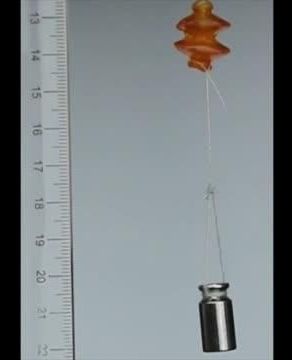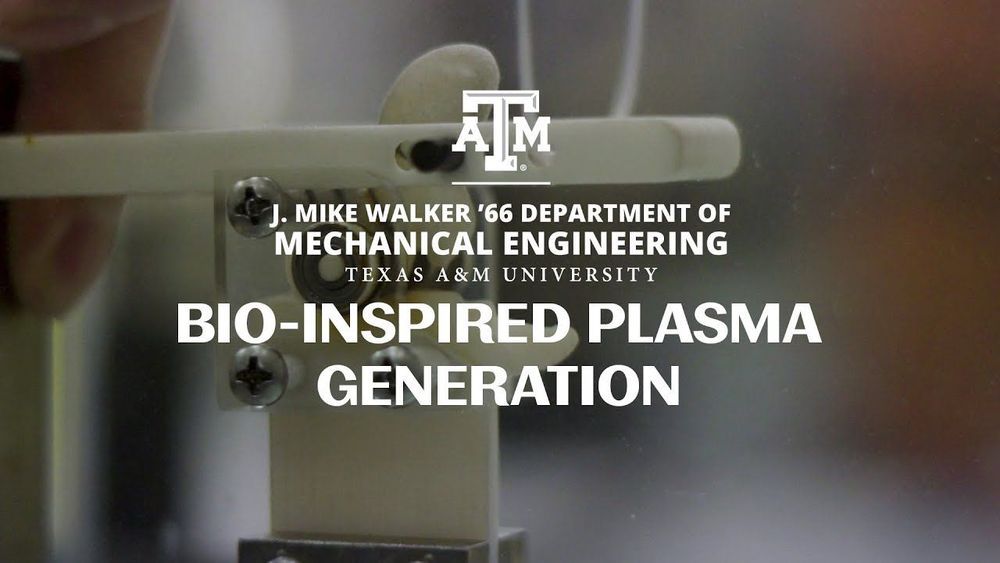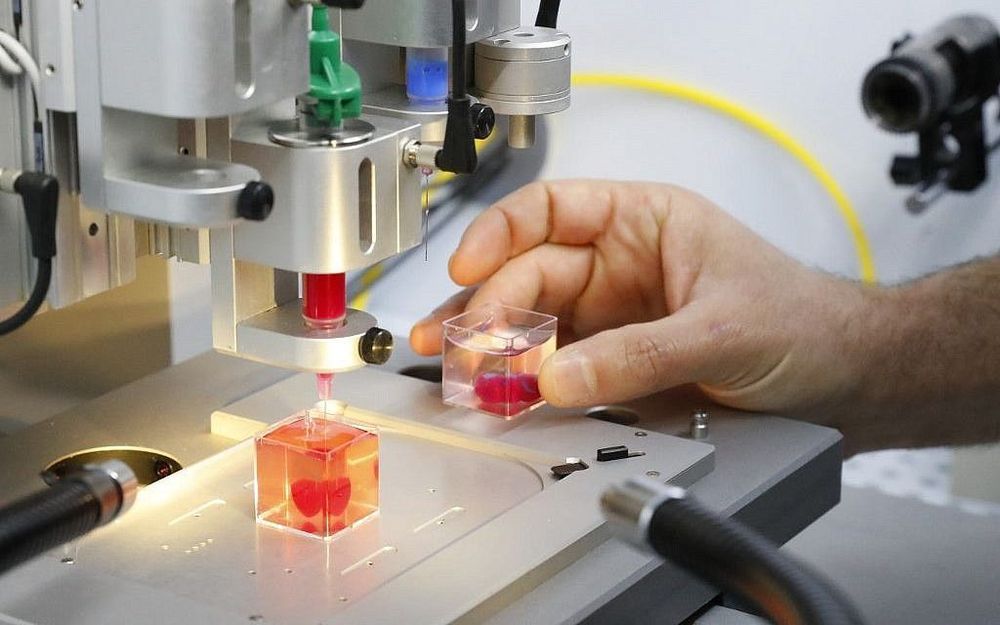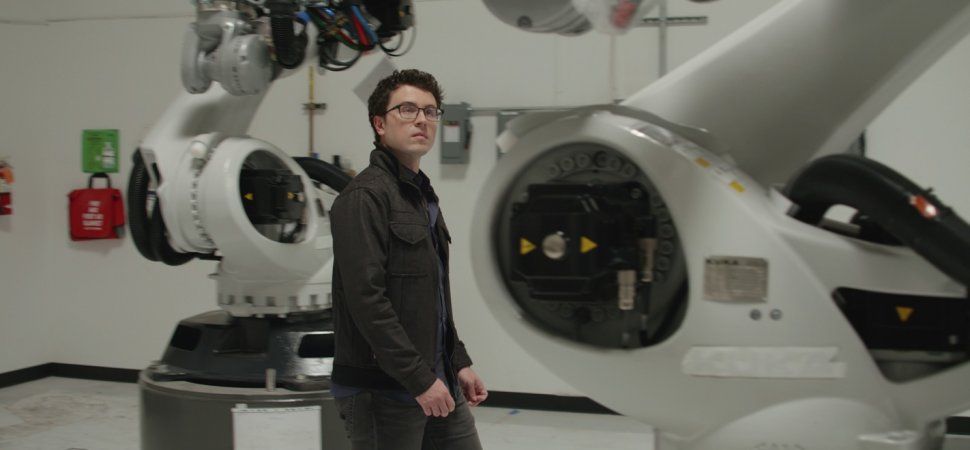Archive for the ‘3D printing’ category: Page 66
Apr 18, 2019
Metamaterials Embedded with Geometrical Optics Could Simplify Optical Devices
Posted by James Christian Smith in categories: 3D printing, materials
The researchers believe that other MEGOs that absorb, enhance, reflect, or bend waves in new ways could be created using patterned 3D printing. The current Tufts study utilizes stereolithography. Other 3D-printing technologies, such as two-photon polymerization, could provide printing resolution down to 200 nm, which would enable the fabrication of even finer metamaterials that could detect and manipulate electromagnetic signals of even smaller wavelengths, potentially including visible light. As resolution in 3D printing improves, MEGO devices could reach terahertz frequencies.
MEDFORD, Mass., April 9, 2019 — 3D-printed metamaterials developed by a Tufts University engineering team display properties not found in conventional materials. The fabrication methods used by the team demonstrate how stereolithography-based 3D printers can be used to create 3D optical devices through a process that fuses metamaterials with geometrical optics, or MEGO. The MEGO devices can be fabricated at a lower cost than devices made using typical fabrication methods.
Apr 15, 2019
Israeli scientists unveil world’s first 3D-printed heart with human tissue
Posted by Paul Battista in category: 3D printing
Apr 9, 2019
3D printed tires and shoes that self-repair
Posted by Quinn Sena in categories: 3D printing, chemistry, life extension, robotics/AI

Instead of throwing away your broken boots or cracked toys, why not let them fix themselves? Researchers at the University of Southern California Viterbi School of Engineering have developed 3D-printed rubber materials that can do just that.
Assistant Professor Qiming Wang works in the world of 3D printed materials, creating new functions for a variety of purposes, from flexible electronics to sound control. Now, working with Viterbi students Kunhao Yu, An Xin, and Haixu Du, and University of Connecticut Assistant Professor Ying Li, they have made a new material that can be manufactured quickly and is able to repair itself if it becomes fractured or punctured. This material could be game-changing for industries like shoes, tires, soft robotics, and even electronics, decreasing manufacturing time while increasing product durability and longevity.
Continue reading “3D printed tires and shoes that self-repair” »
Apr 8, 2019
The Galaxy S10’s fingerprint reader was thwarted by a 3D printer
Posted by Quinn Sena in categories: 3D printing, privacy
Apr 7, 2019
3D Printed Implants and Stem Cells Helped Paralyzed Rats Walk Again
Posted by Shailesh Prasad in categories: 3D printing, biotech/medical
One of the research’s lead investigators, Michael Hill, said in a press release, “We envision this new technique as a low-cost office procedure done under local anesthesia. The whole process would take about five minutes.”
While currently in the process of arranging licensing for their procedure, the researchers are already looking toward using it with other collagen tissue such as tendons, and even corneas for the correction of vision issues. In animal tests, they’ve already had some success with reshaping a cornea using a 3D-printed contact lens painted with electrodes and to which they applied electrical current to soften the cornea. This is especially exciting due to the structure of its collagen fibers. Says Hill during the presentation, “It turns out that in order to remain transparent, the [layers of] collagen fibers are all perfectly aligned.” Molecular surgery allows correction of the cornea without disrupting that required layering.
Apr 3, 2019
Technology Is Fueling a New Type of Space Race, Led by Startups
Posted by Klaus Baldauf in categories: 3D printing, space travel
As 3D printing evolves and changes manufacturing, no sector will be left untouched—including rocket-building. Using the world’s largest 3D metal printer and Dell technology, Relativity Space will streamline the rocket-building process and make space exploration faster and more accessible. Watch how this revolutionary startup is partnering with Dell to take a leading spot in the race to space.
Apr 2, 2019
‘Molecular surgery’ reshapes living tissue with electricity but no incisions
Posted by Paul Battista in categories: 3D printing, biotech/medical
Traditional surgery to reshape a nose or ear entails cutting and suturing, sometimes followed by long recovery times and scars. But now, researchers have developed a “molecular surgery” process that uses tiny needles, electric current and 3D-printed molds to quickly reshape living tissue with no incisions, scarring or recovery time. The technique even shows promise as a way to fix immobile joints or as a noninvasive alternative to laser eye surgery.
The researchers will present their results today at the American Chemical Society (ACS) Spring 2019 National Meeting & Exposition.
“We envision this new technique as a low-cost office procedure done under local anesthesia,” says Michael Hill, Ph.D., one of the project’s principal investigators, who will discuss the work at the meeting. “The whole process would take about five minutes.”
Continue reading “‘Molecular surgery’ reshapes living tissue with electricity but no incisions” »
Apr 1, 2019
3D-printed shrimp claw makes plasma underwater
Posted by Genevieve Klien in category: 3D printing

To develop a new method of underwater plasma generation, scientists used 3D printing to replicate the shape of a snapping shrimp claw and the complex way it works.
As reported in Science Advances, the discovery could lead to significant improvements in the development of water sterilization, drilling, and more.
Continue reading “3D-printed shrimp claw makes plasma underwater” »















